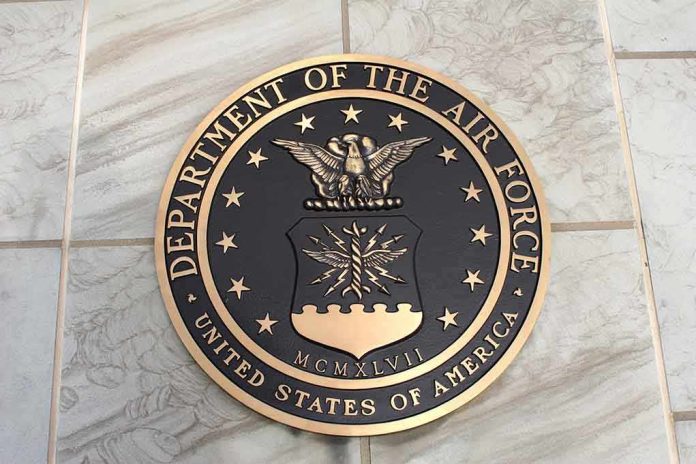
A mystery mass movement of US Air Force tankers across the Atlantic sparks speculation of potential military action against Iran.
Story Highlights
- Large fleet of US Air Force tankers observed crossing the Atlantic, raising strategic questions.
- Deployment coincides with rising Middle East tensions and secretive US military meetings.
- No official explanation provided, fueling speculation about possible actions against Iran or support for allies.
- Concerns about regional stability and potential escalation in the Middle East.
Unprecedented Tanker Movement Raises Strategic Questions
In late September 2025, open-source flight trackers and OSINT analysts detected an unusually large movement of US Air Force aerial refueling tankers crossing the Atlantic. Between 12 and 28 tankers, including KC-135R/T Stratotankers and KC-46A Pegasus models, were observed heading towards Europe, particularly the UK’s RAF Mildenhall. The absence of an official explanation has sparked widespread speculation about the purpose of this deployment, with theories ranging from preparation for potential military action against Iran to support for NATO exercises.
The scale and timing of this tanker movement are highly unusual, even during major NATO exercises. This deployment coincides with heightened tensions in the Middle East, particularly following recent US airstrikes on Iranian nuclear facilities and increased Iranian missile activity against Israel. Additionally, a secretive military meeting convened by President Trump and Secretary of Defense Pete Hegseth at Quantico has further fueled speculation. Such movements have historically preceded significant military actions, adding to concerns about potential escalation.
Possible Motivations and Strategic Implications
The mystery surrounding the tankers has led to various interpretations among defense analysts and experts. Some suggest the deployment is a show of force aimed at deterring Iranian aggression, while others believe it could signal preparation for direct military action. The Trump administration has previously used large-scale tanker deployments as part of strategic operations, such as Operation Midnight Hammer. The current situation raises concerns about a potential shift in US military posture, with implications for regional stability and the risk of direct confrontation.
Key stakeholders involved include the US Air Force, responsible for executing the tanker operations, and the Department of Defense, led by Secretary Hegseth. The potential for US support to Israel in the event of expanded conflict with Iran is also a critical consideration. NATO’s role in managing both Middle East and European security challenges adds another layer of complexity, especially given ongoing Russian provocations in Europe.
Regional and Global Implications
The immediate implications of this tanker deployment are heightened alert levels across the Middle East and Europe, increasing readiness for rapid military escalation. The long-term effects could involve a realignment of US military strategy, with increased defense spending and potential impacts on global oil markets if conflict with Iran escalates. The situation also poses political challenges for the US administration and NATO cohesion, as allies navigate the complexities of global security dynamics.
Despite the lack of official statements, defense analysts continue to monitor the situation closely, with the hope of gaining clarity on the mission’s intent. As developments unfold, the world watches with bated breath, aware of the delicate balance of power and the potential for significant geopolitical shifts.







